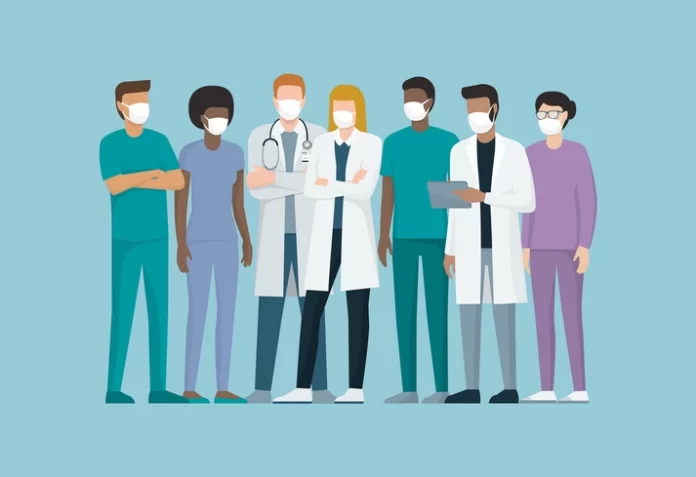Healthcare spending in the United States accounts for around 20% of GDP, significantly greater than in other Organization for Economic Cooperation and Development (OECD) countries. There are various reasons for this disparity, but inefficiency and ineffectiveness in purchasing and payments are among the most important.
This is a problem for the entire economy, not just the industry. Healthcare costs more than 7% of payroll costs, money that could otherwise be utilized for employee or shareholder discretionary income. Furthermore, public sector healthcare expenditures account for 24% of government spending, inflicting a commensurate tax burden on businesses and consumers. Furthermore, every employee is a patient.
According to the B2B Payments in Healthcare Tracker, a collaboration between PYMNTS and American Express, while suppliers prefer ACH and direct deposit payments, their consumers still make up to 85 percent of their payments by check or other paper-based channels.
According to the Tracker, this is due in part to “healthcare being different.” A sizable amount of healthcare purchases are done through group purchasing organizations (GPOs). These purchasing intermediaries, which are usually absent in other industries, complicate the digitalization equation.
Healthcare is a “must-have,” not a “nice-to-have,” which, combined with the moral hazard of third-party payment (60 percent of which comes from the public sector), means the industry has been under less pressure to modernize, digitize, and automate back-office functions such as purchasing and payments.
Because third-party payment is so prevalent, B2B transactions with payers such as Medicare, Medicaid, and a multitude of commercial insurers such as Blue Cross Blue Shield, Humana, and Aetna financially disintermediate a major number of transactions between providers and patients. Each of these businesses operates under its own set of rules and regulations.












